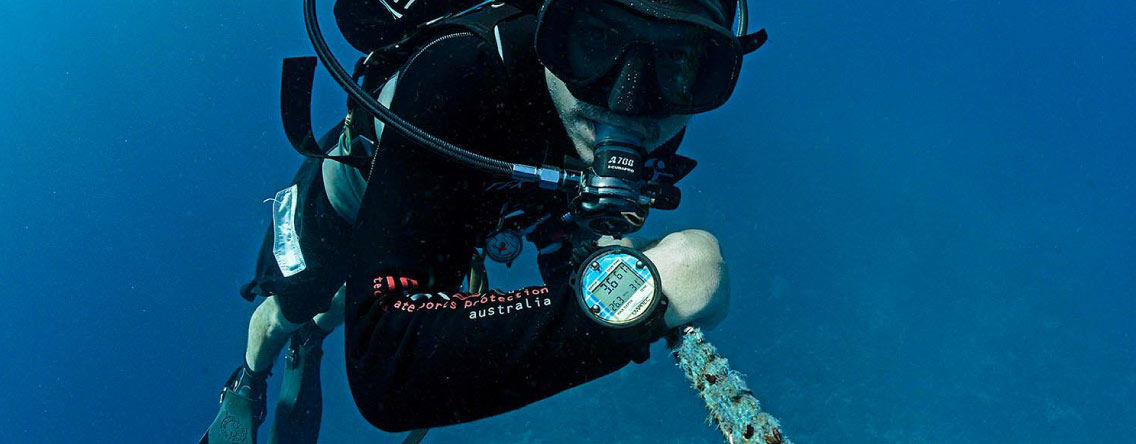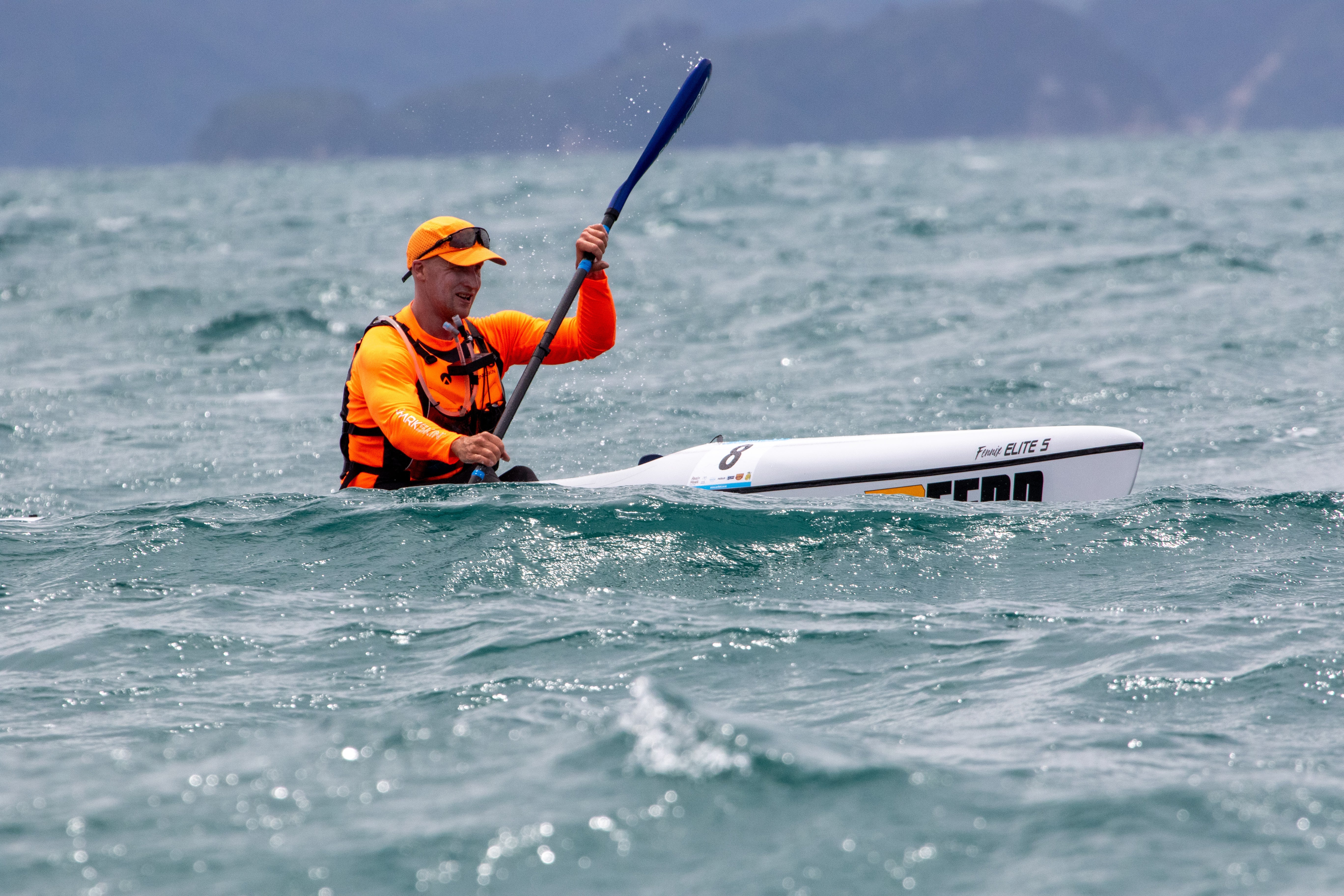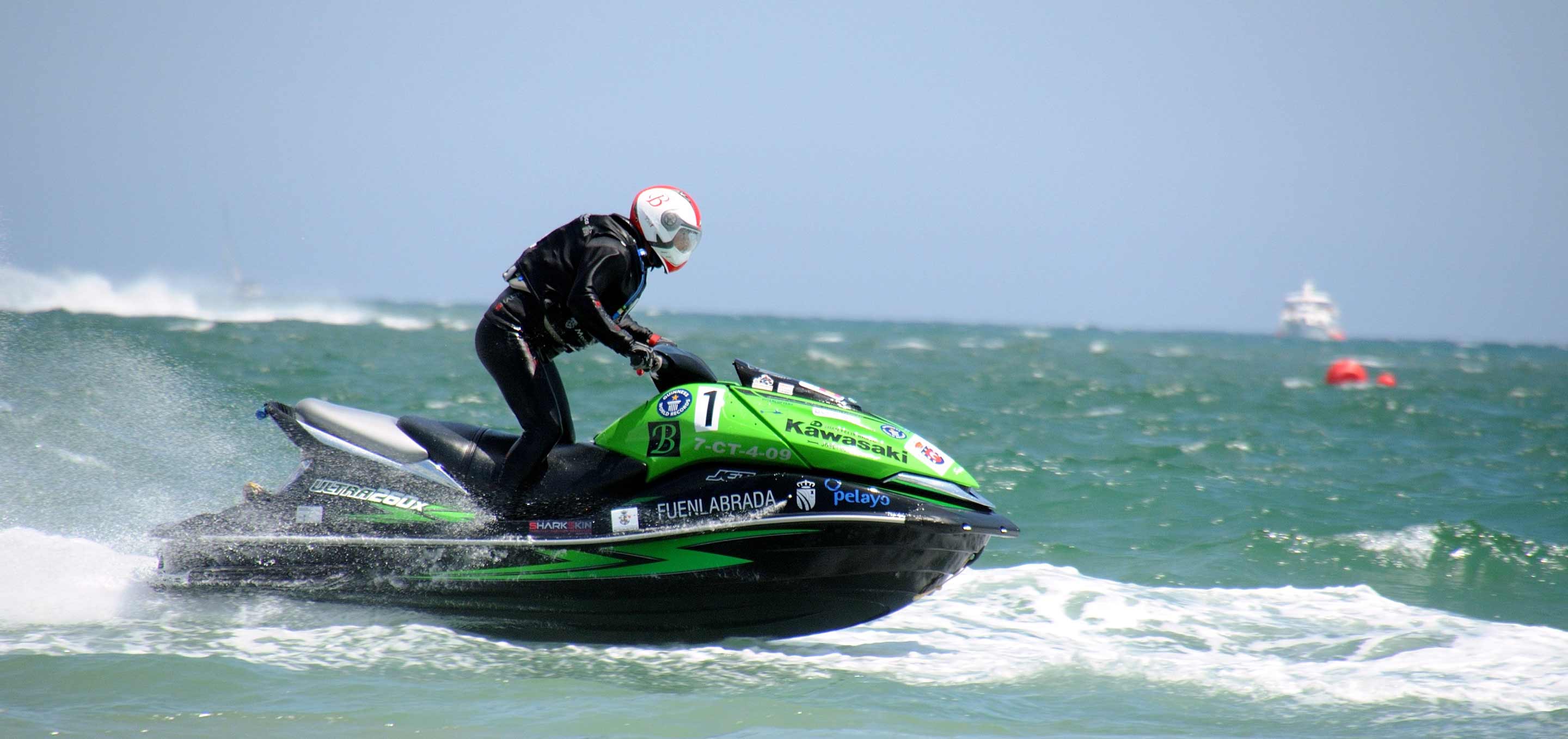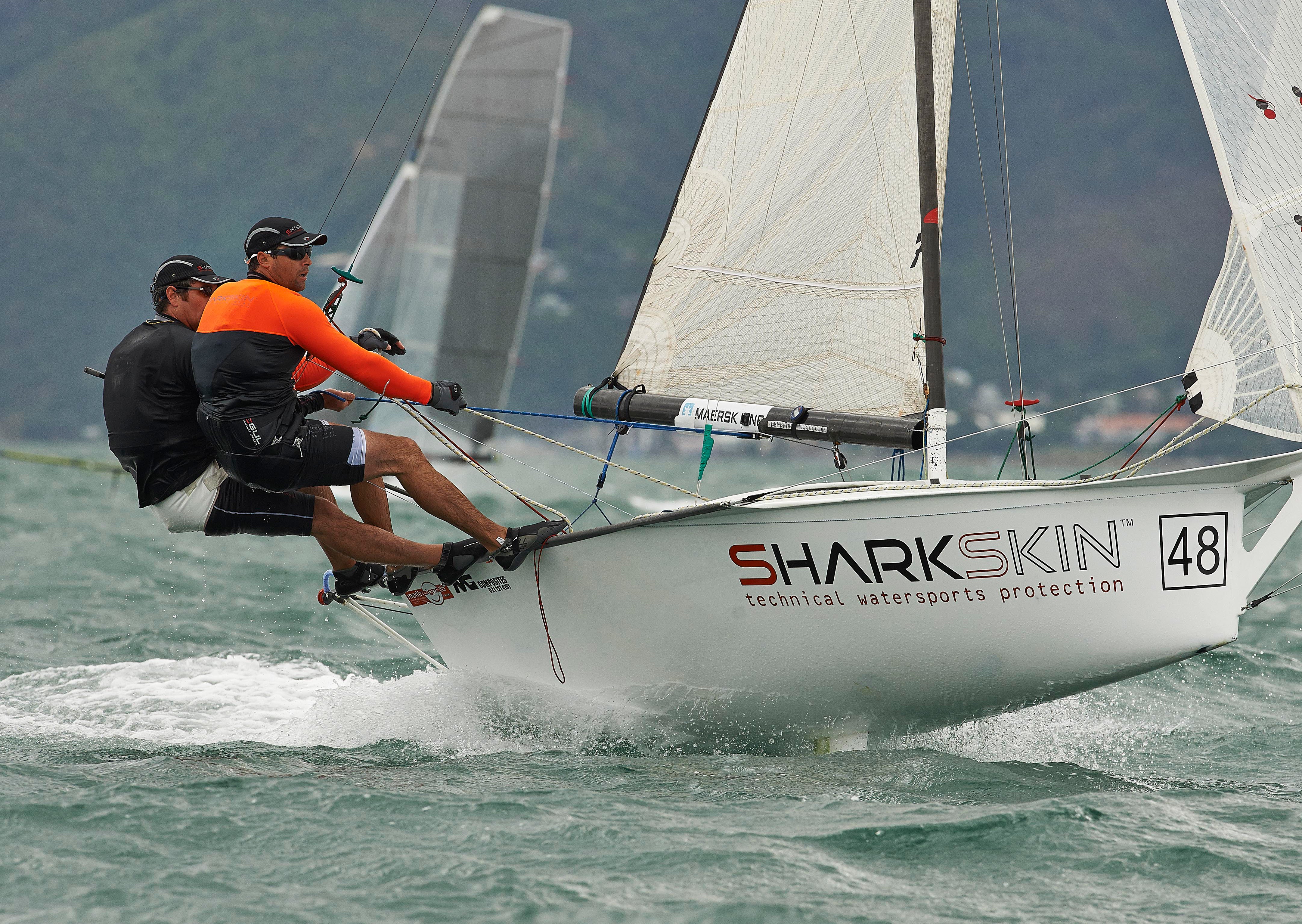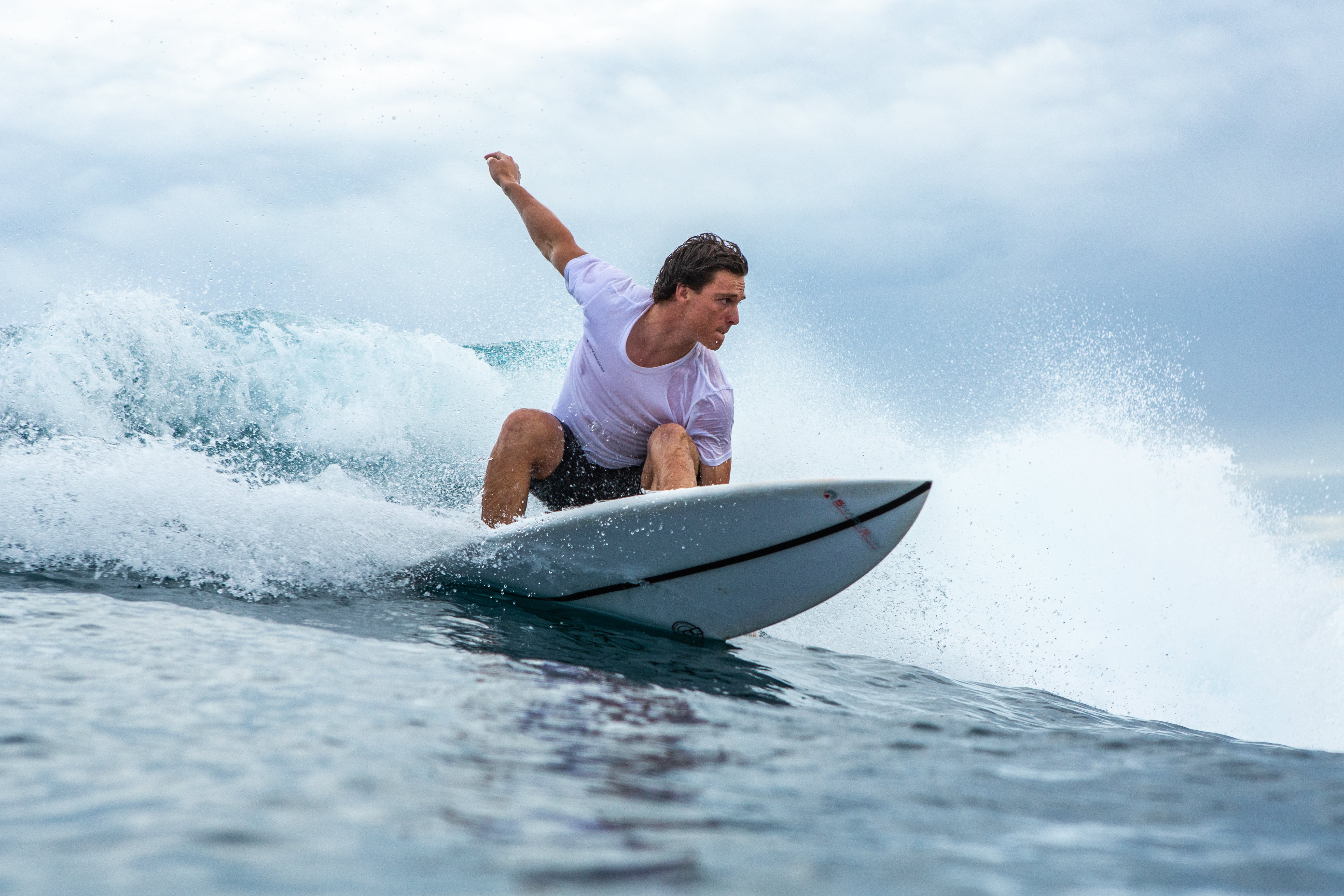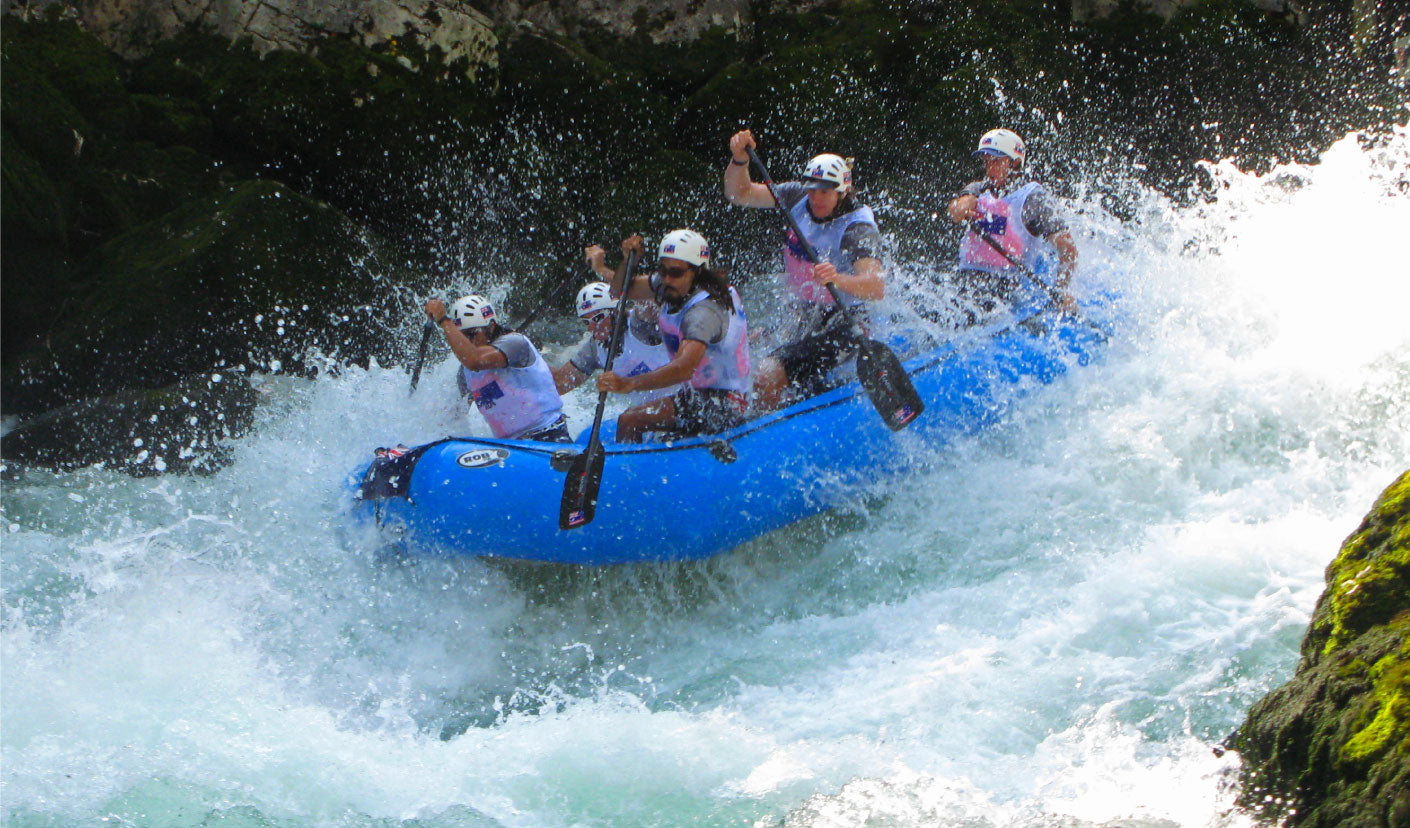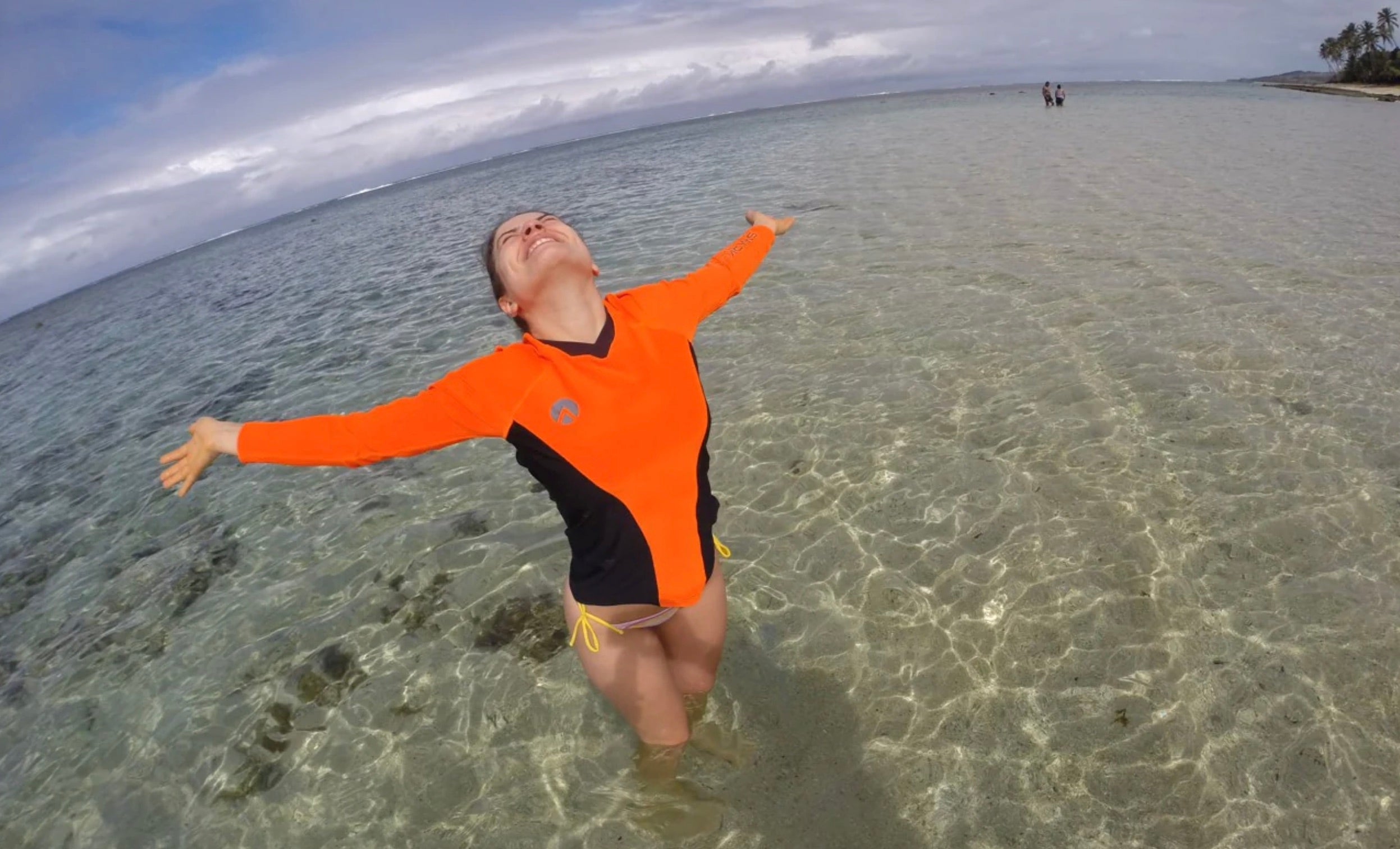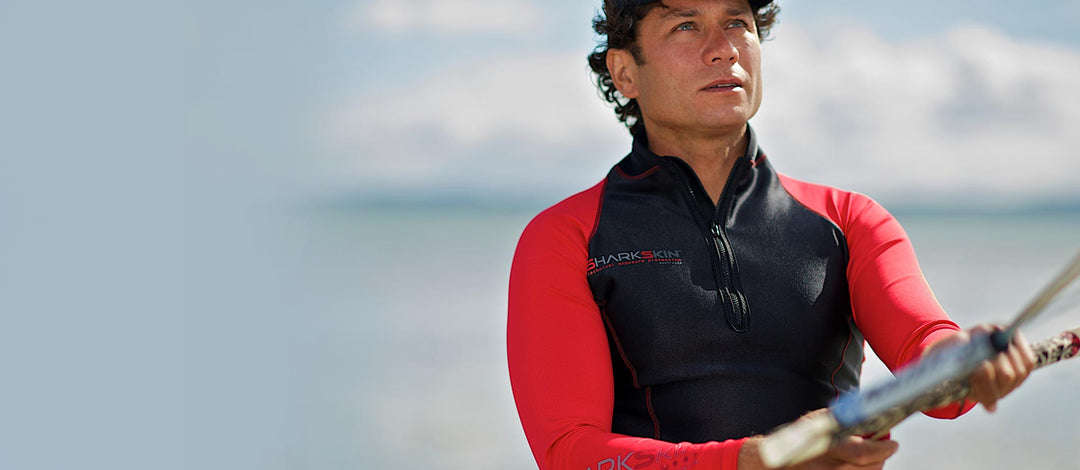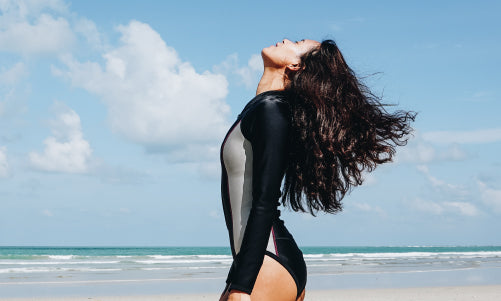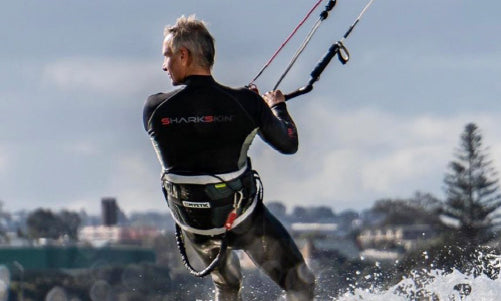How to Identify Dangerous Marine Animals in Australian Waters
Australia's vast coastlines are home to an array of marine life, some of which can pose serious risks to swimmers, snorkelers, and divers. Being aware of these dangerous marine creatures is essential for safety when entering the water. This guide will help you identify some of the most hazardous animals found in Australian waters and offer tips on how to stay safe.
Box Jellyfish and Irukandji
In the tropical waters of northern Australia, the box jellyfish is often considered the most dangerous sea creature. Its venom is potent enough to kill 26 adults, making encounters extremely perilous. Box jellyfish have transparent, cube-shaped bodies and long, trailing tentacles. Similarly, the tiny Irukandji jellyfish, barely the size of a fingernail, can cause severe Irukandji syndrome, leading to intense pain and life-threatening symptoms. To avoid jellyfish stings, it's advisable to wear protective clothing like stinger suits when swimming in affected areas.
Blue-Ringed Octopuses
Found in shallow reefs and rock pools, blue-ringed octopuses are small but highly venomous. Their distinctive blue rings become more vivid when threatened. A bite from one can cause paralysis and requires immediate medical attention. If you see one, remember the rule: don't touch.
Stonefish and Sea Urchins
The stonefish is the most poisonous fish in Australia and possibly the world. It resides in shallow water and camouflages itself among rocks and coral reefs. Stepping on its sharp spines can inject venom, leading to intense pain. Sea urchins, also found in shallow waters and reefs, have sharp spines that can puncture the skin, causing pain and possible infection.
Sea Snakes
Sea snakes inhabit tropical Australian waters and are highly venomous. They are generally not aggressive but can bite if provoked. They often have paddle-like tails and can be found near coral reefs. If you encounter one, it's best to keep a safe distance.
Predators in the Australian Sea
Australia's seas are also home to larger predators like sharks and saltwater crocodiles. While shark attacks are rare, it's important to stay watchful, especially in areas known for shark activity. Saltwater crocodiles inhabit estuaries and can venture into open sea; they are highly dangerous and should be avoided.
Safety Tips
- Wear full suits: Wearing protective clothing can help prevent bites and stings from jellyfish and other creatures. For more on how the right gear can make a difference, check out our article on Water Safety 101.
- Avoid touching marine life: Many dangerous creatures are not aggressive unless provoked. Admire from a distance. Learn how to respect nature while enjoying water sports in our post on Water Sports and Wildlife.
- Be cautious in shallow waters and rock pools: These areas can harbour stonefish, sea urchins, and blue-ringed octopuses.
- Seek medical attention immediately: If bitten or stung, it's crucial to get professional help as soon as possible.
To Sum Up
Australia's marine environment is rich and diverse, but it comes with its share of risks. By learning to identify dangerous marine animals and taking appropriate precautions, you can enjoy the beauty of Australian waters while staying safe. If you're new to exploring underwater worlds, you might find our beginner's guide to snorkeling helpful.
Protect Yourself with Sharkskin Full Suits
When entering the water, wearing a fullsuit can significantly reduce the risk of bites and stings from dangerous marine creatures. Sharkskin offers a range of high-quality men's fullsuits and women's fullsuits designed for comfort and protection. Equip yourself with the best gear to enjoy the Australian waters safely.




